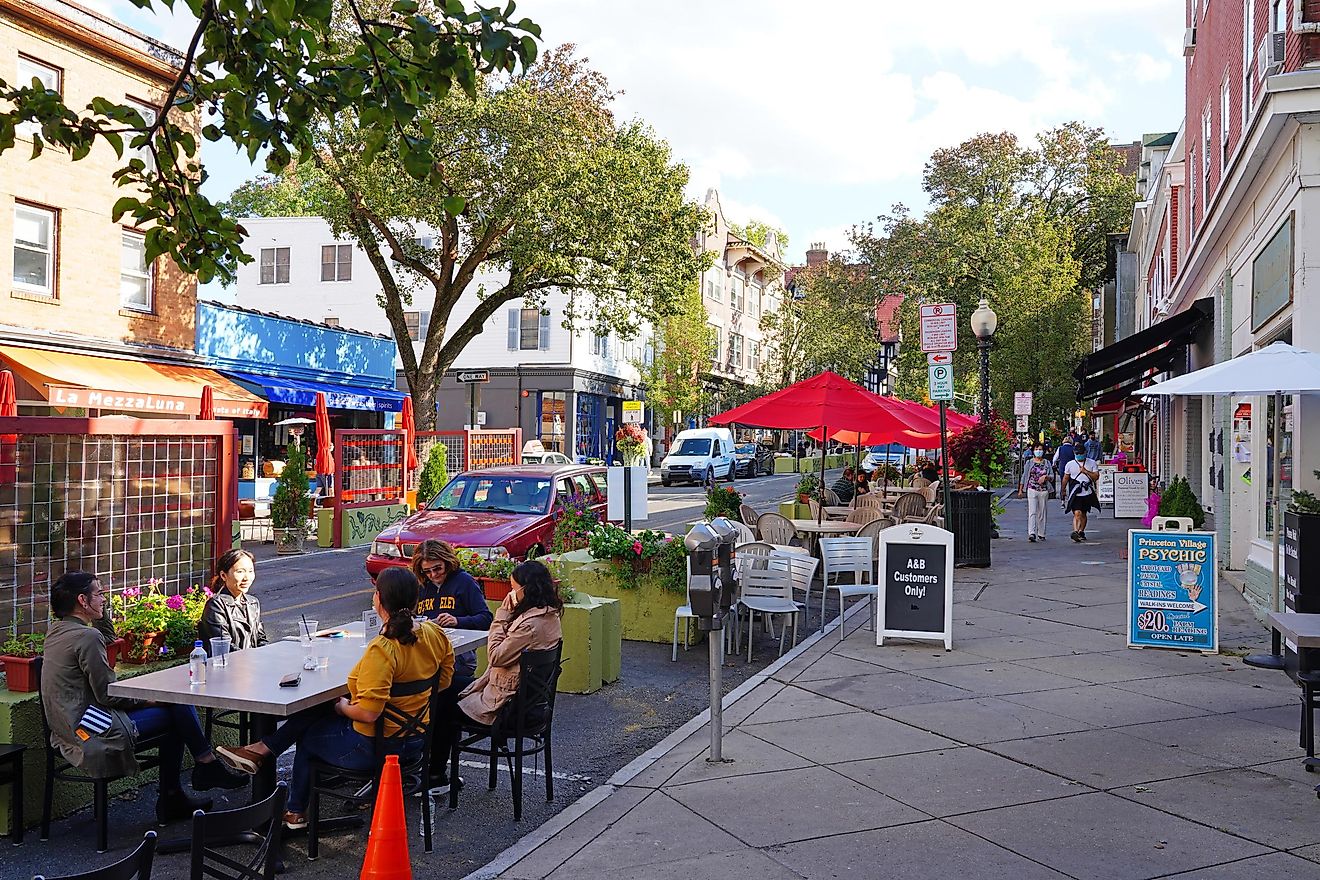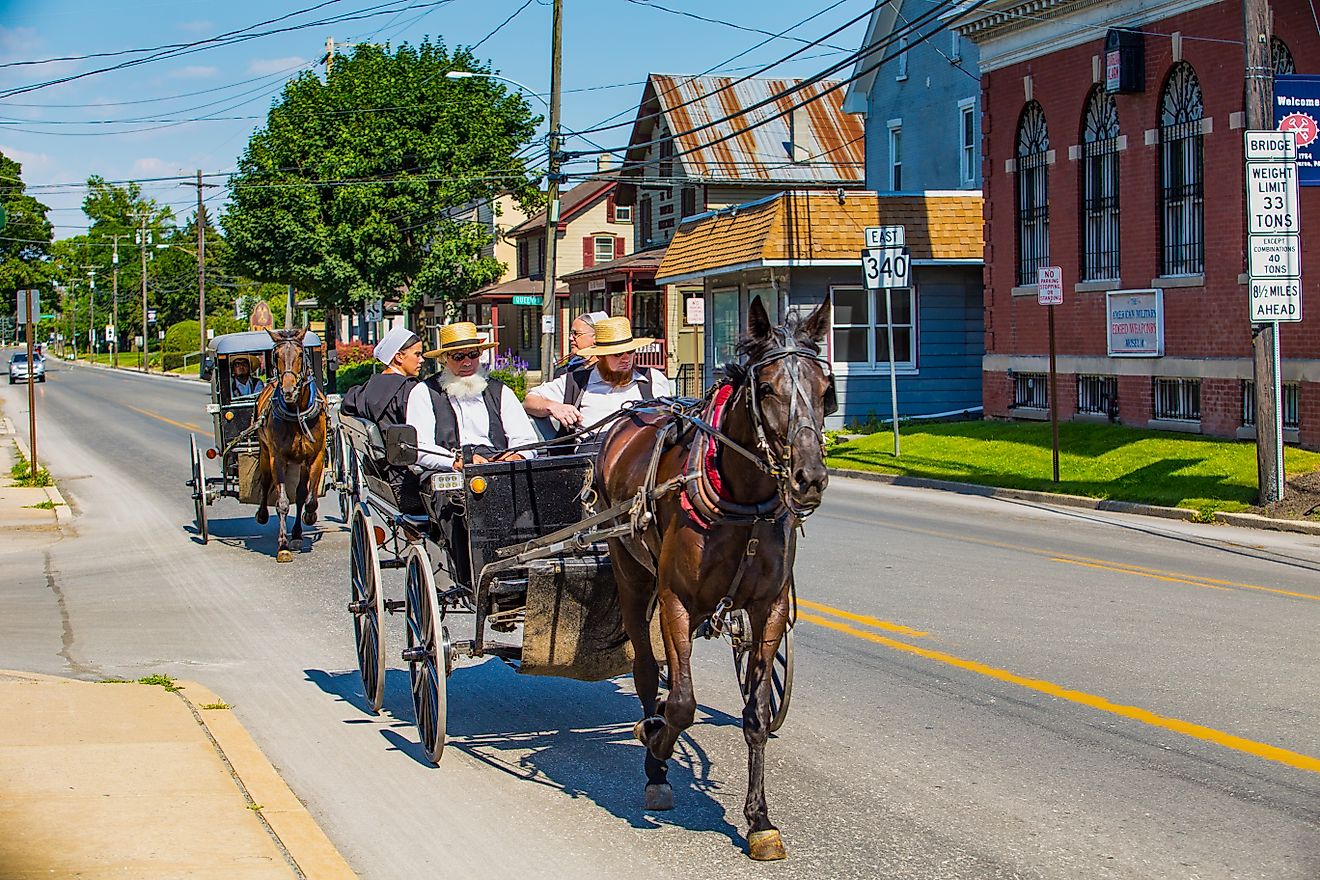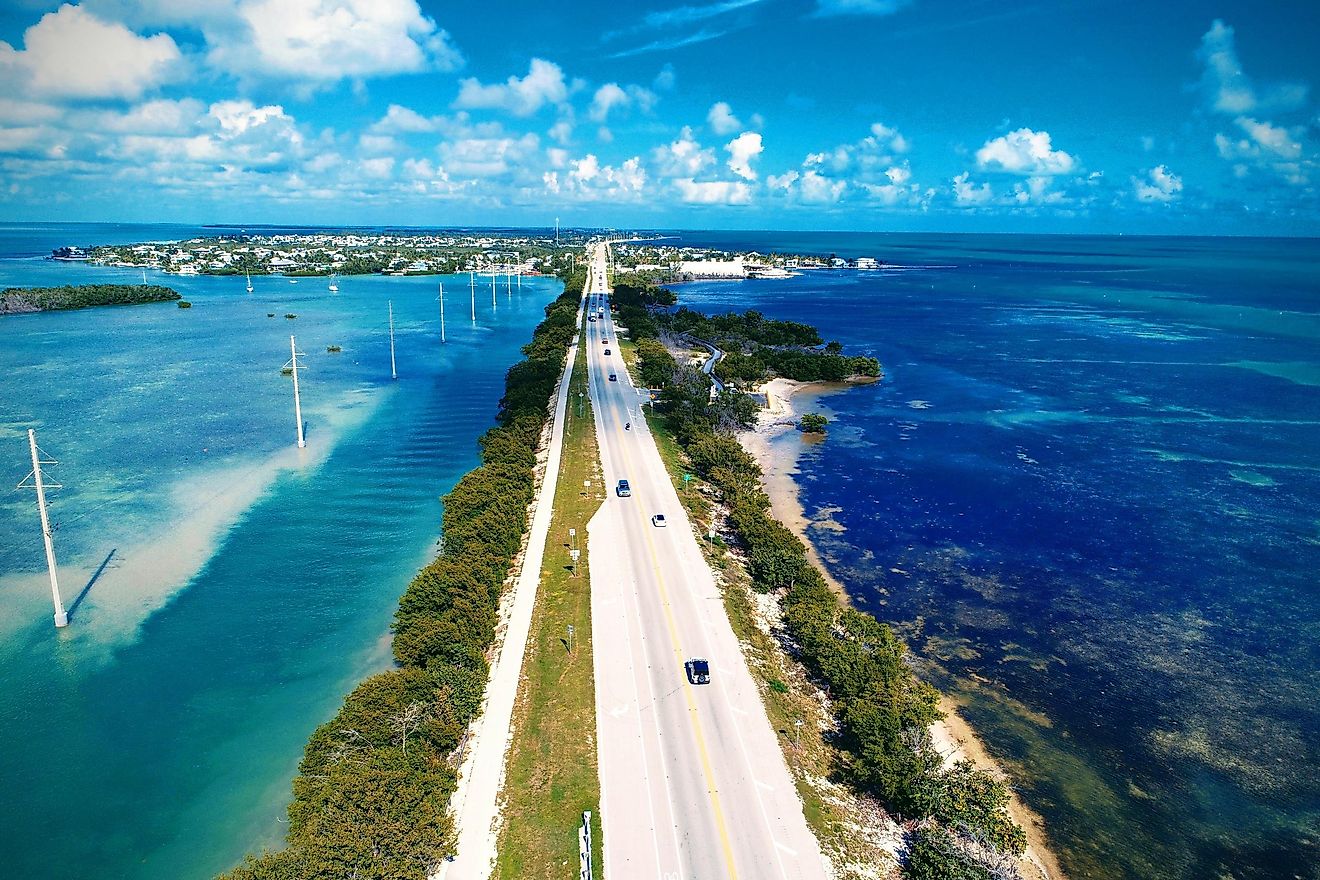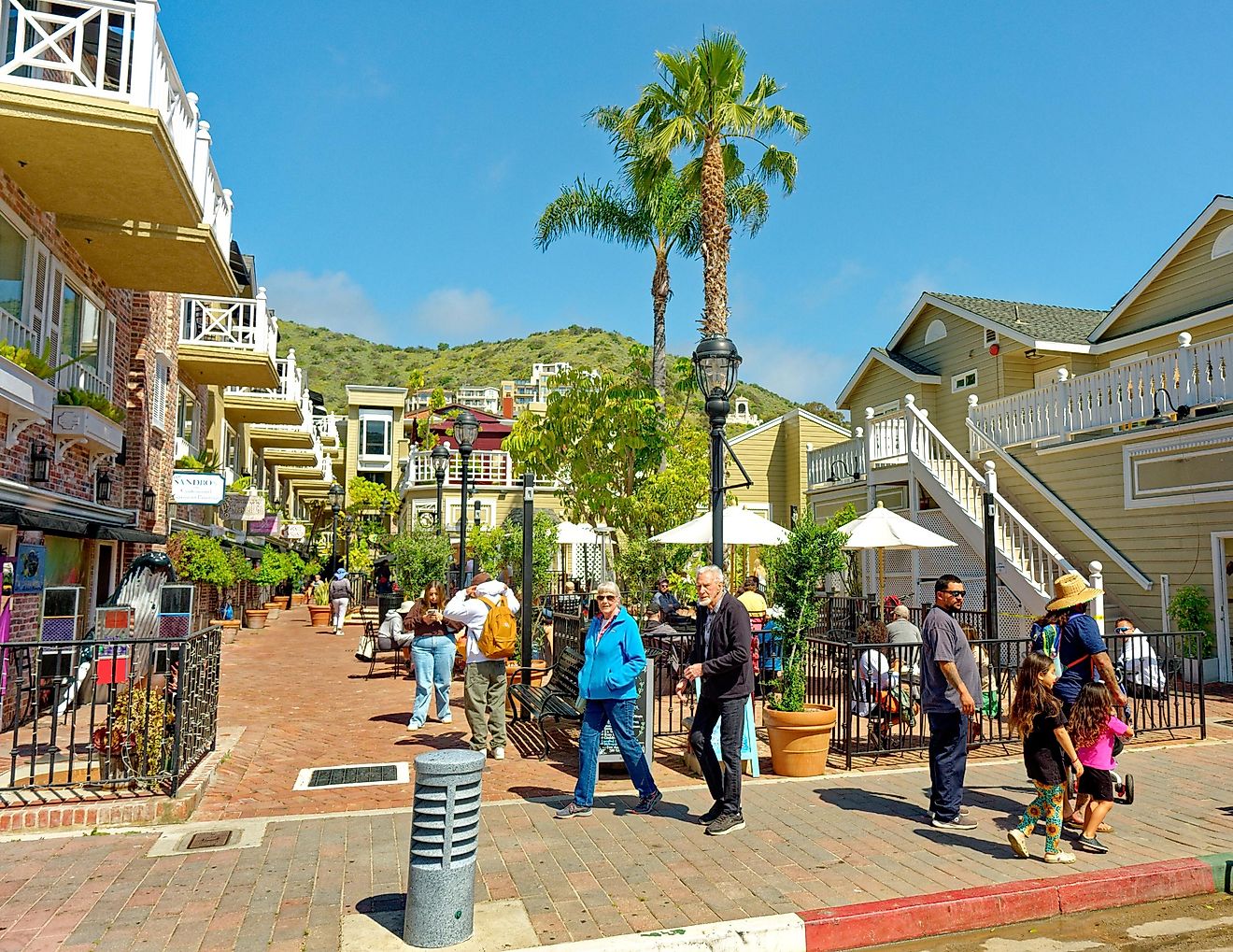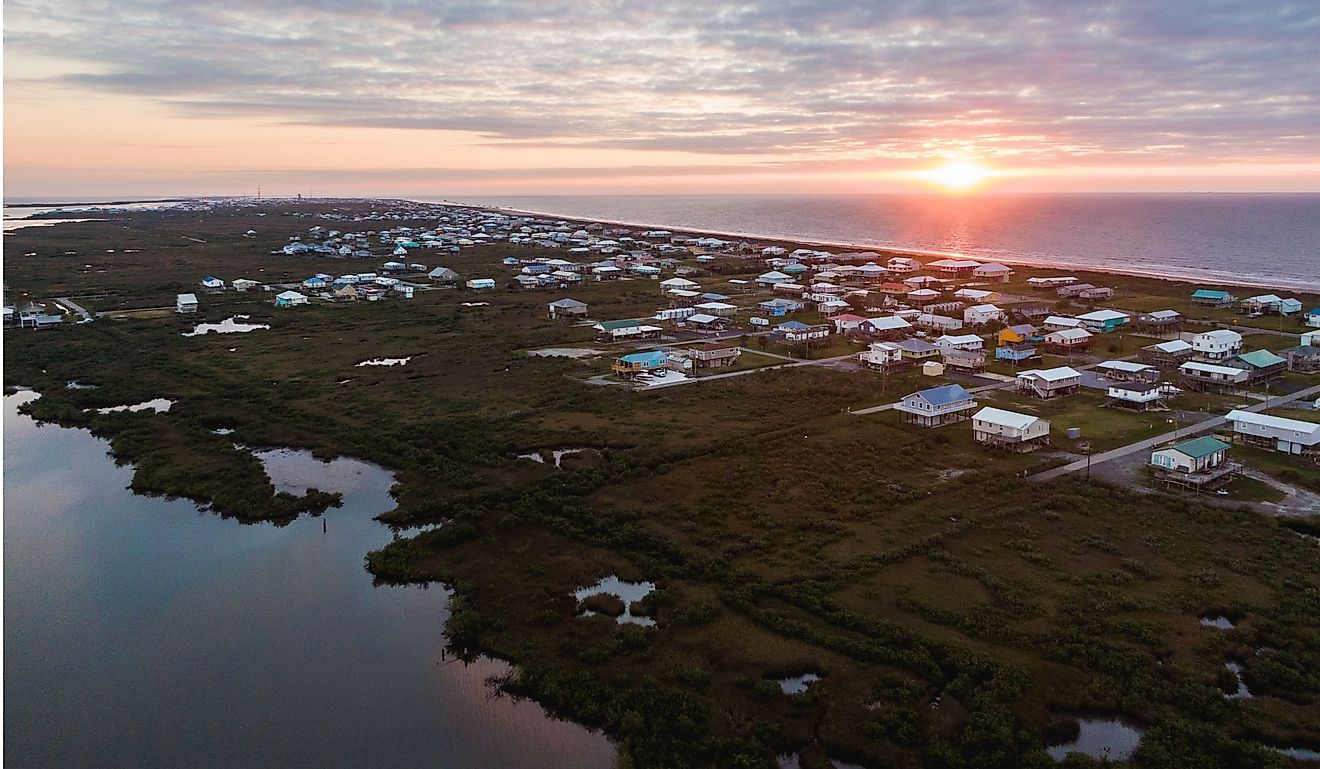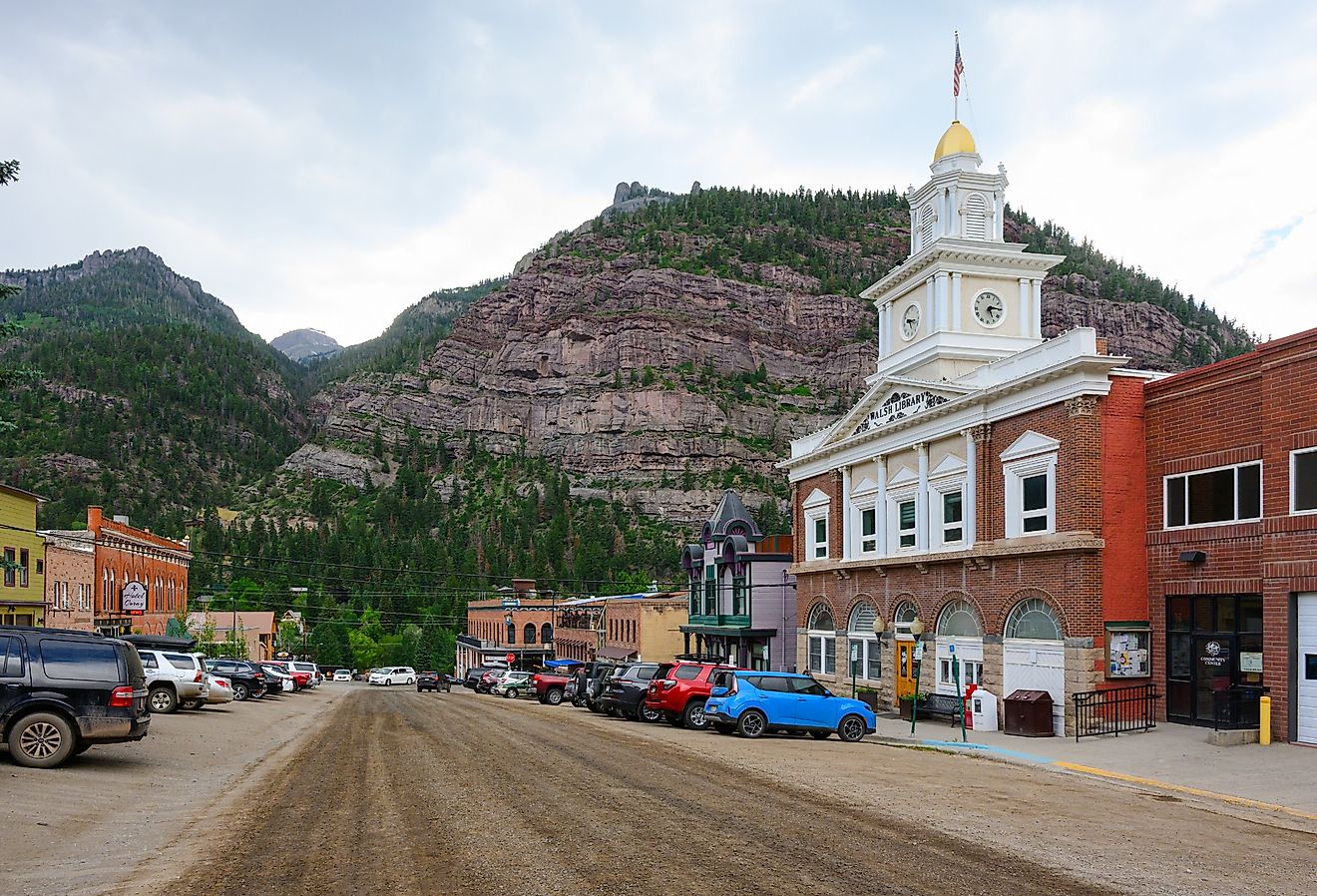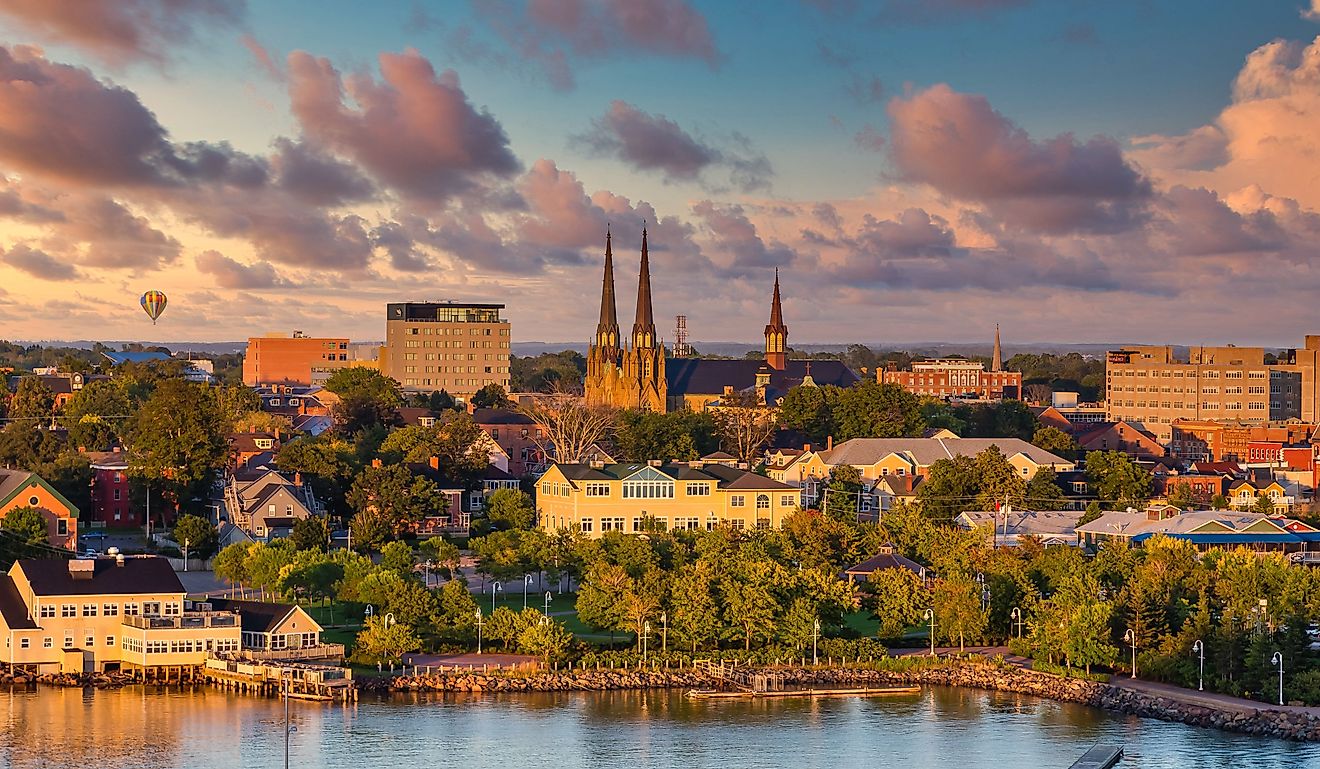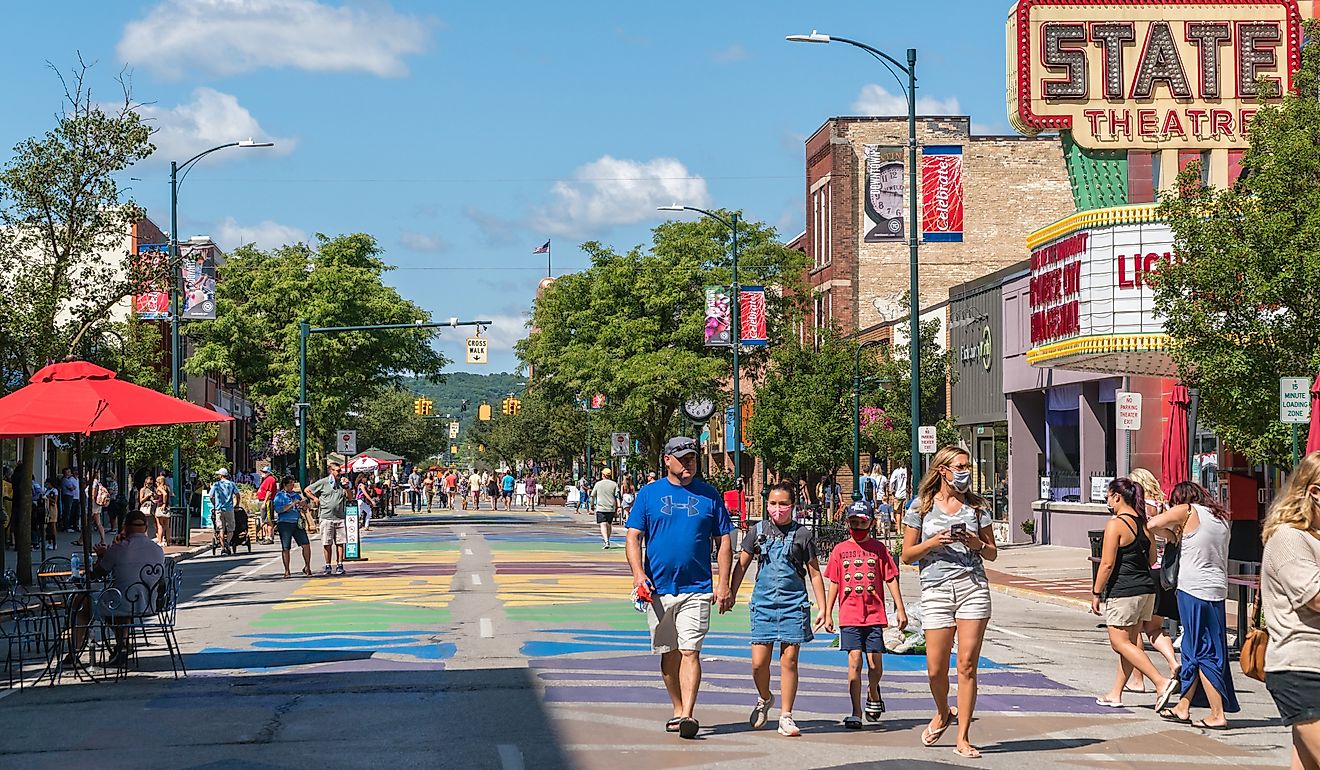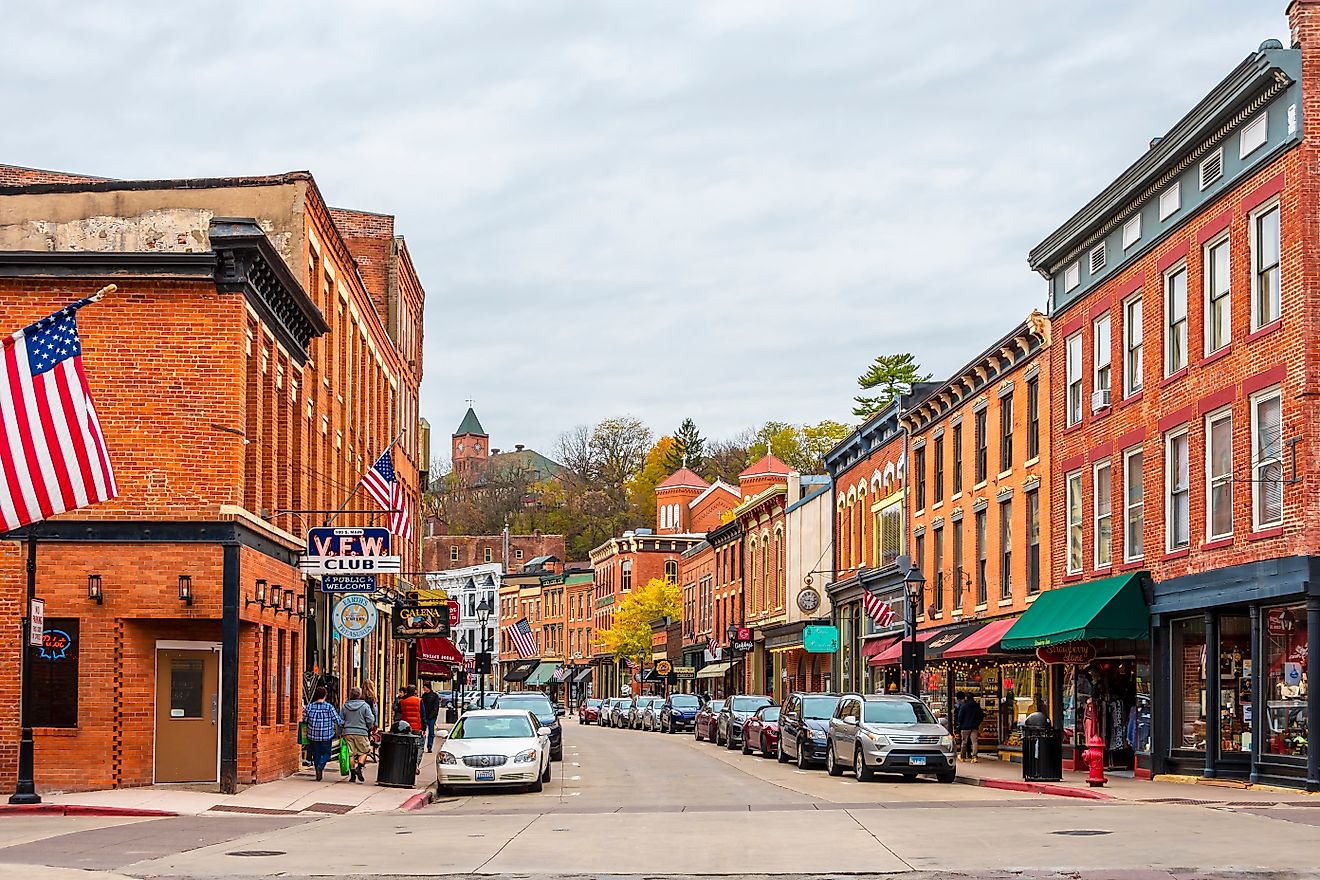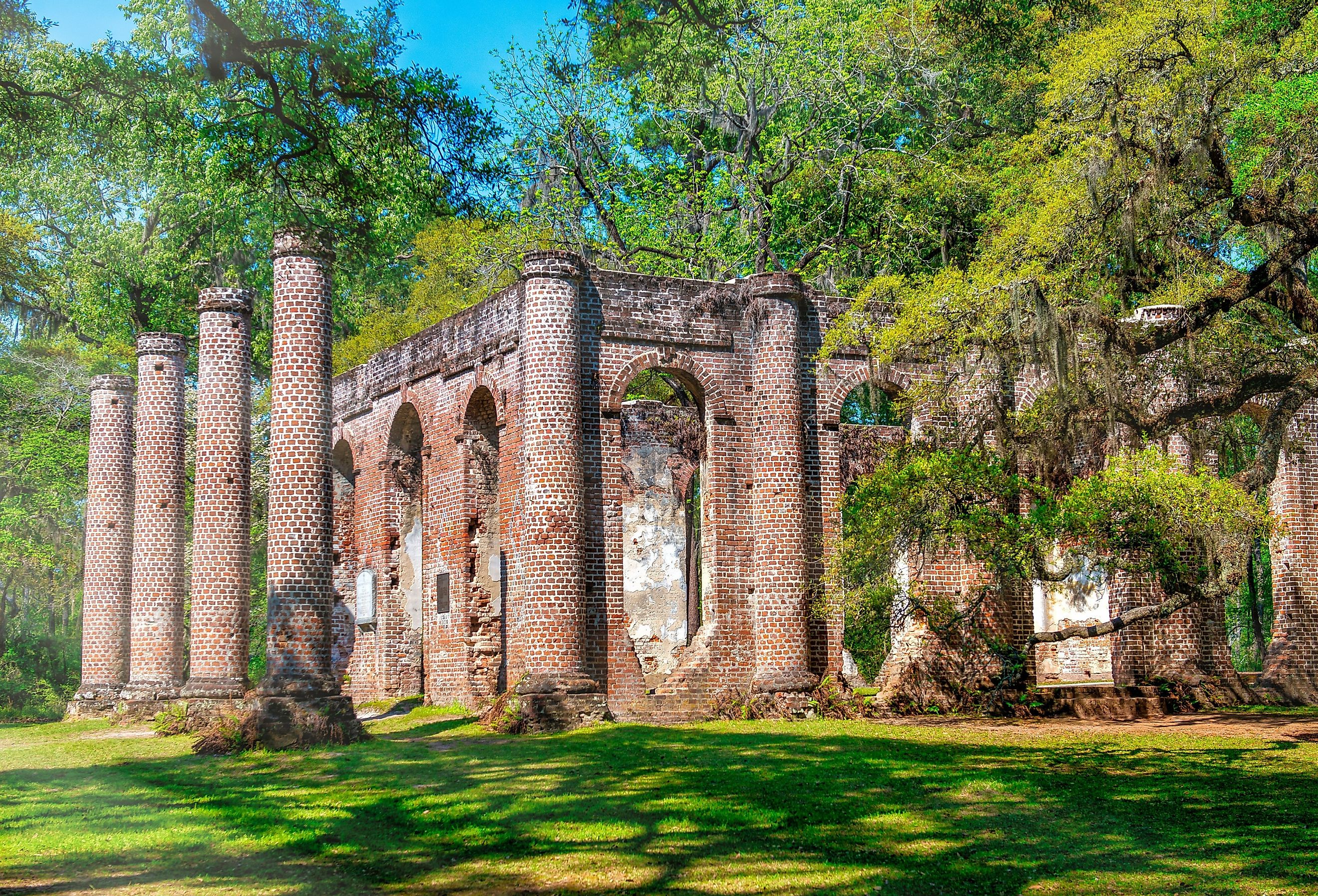
7 Must-See Historic Towns in South Carolina
South Carolina is one of the oldest states in the United States. Being in a strategic location along the Atlantic coast, with its pleasant weather, fertile soil, and numerous places for boat ports, this state has a long history heavily associated with the country's founding. Admitted into the Union in the year 1788 (the eighth state admitted), South Carolina now has a population of nearly 5.2 million people, many of them living in small towns that contain much to see in the way of historical monuments and other attractions that speak to the state's past. For those seeking an educational yet delightful trip, embark on this journey through "The Palmetto State," named after the palm trees that populate its coastal region.
Beaufort

Along the South Carolina coast, Beaufort shows its charms with its well-preserved antebellum architecture and moss-draped oak trees. Founded in 1711, it's the second oldest city in the state and has a rich history shaped by a blend of Native American, European, and African influences.
Visitors can explore historic landmarks like the Beaufort Arsenal, built in 1798, which now serves as a museum showcasing the city's military history. The Beaufort Historic District, listed on the National Register of Historic Places, offers you a richer view of the past with its elegant homes and churches. Also, the Penn Center, one of the first schools for freed slaves, stands as a testament to the African American heritage of the region. Less than 20 miles north of Beaufort lies the ruins of the Old Sheldon Church that was burned in 1779. Stroll along the picturesque Bay Street for a taste of Beaufort's commercial charm, lined with boutique shops and waterfront restaurants offering fresh seafood and Lowcountry cuisine.
Georgetown

As one of South Carolina's earliest settlements, Georgetown has a rich history intertwined with the state's agricultural and maritime traditions. First founded in 1729, it played a pivotal role in rice cultivation and coastal trade.
The Georgetown Historic District showcases a remarkable array of 18th and 19th-century architecture, including the Kaminski House Museum, a great and very well-preserved example of Southern plantation design. Nearby, you can also explore the Harborwalk for scenic views of the Sampit River and delve into the town's commercial past at the Georgetown Rice Museum, housed in the former market building.
Georgetown's fusion of historical significance and a gorgeous waterfront with nice year-round weather give visitors a compelling narrative of South Carolina's coastal heritage.
Walterboro

Within the South Carolina Lowcountry, Walterboro blends relaxed countryside living and a storied past. Established in 1783, it emerged as a vital stop for travelers and traders journeying between Charleston and Savannah, Georgia. Now, with a population of just over 5,500, Waterboro retains much of its old-school charm.
The Walterboro Historic District showcases well-maintained architecture, such as the Colleton County Courthouse, an exemplar of the Greek Revival style dating to 1820. The Slave Relic Museum honors the region's African American heritage through its exhibits and artifacts. In the downtown area, Washington Street invites exploration of local businesses and eateries, providing insight into Walterboro's economic and cultural fabric. Walterboro's blend of historical resonance and small-town charm offers visitors a captivating glimpse into South Carolina's heritage.
Camden
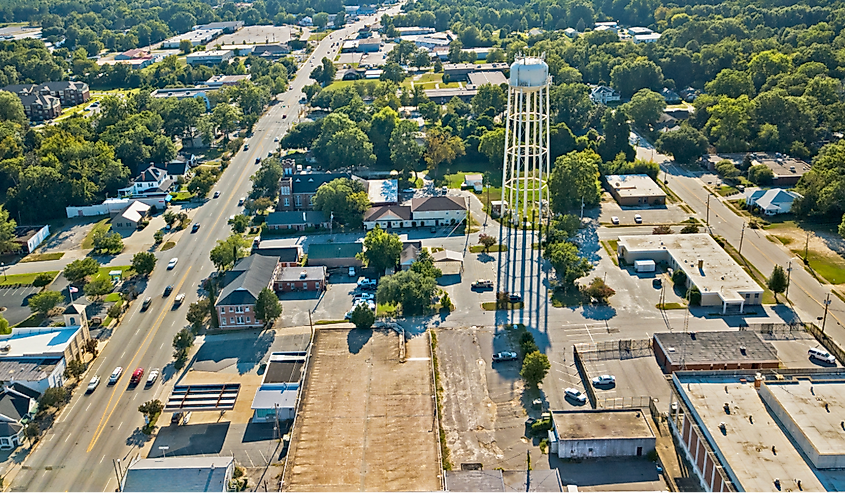
With a legacy heavily connected with Revolutionary War history, Camden stands as a testament to the struggles and triumphs of early America. Founded in 1732 in upper South Carolina, it witnessed pivotal moments, including the Battle of Camden in 1780. This town of nearly 8,000 residents today still takes pride in its important history.
The Camden Battlefield and Longleaf Pine Preserve preserve the memory of this conflict through interpretive trails and historic sites. The Kershaw-Cornwallis House offers insight into colonial life with its period furnishings and exhibits.
Broad Street, adorned with historic storefronts, invites exploration of local commerce and cuisine. The Camden Archives and Museum chronicles the town's rich heritage, from Native American settlements to the Civil War era. Camden's blend of Revolutionary War history and Southern hospitality provides a compelling narrative of South Carolina's past.
Aiken
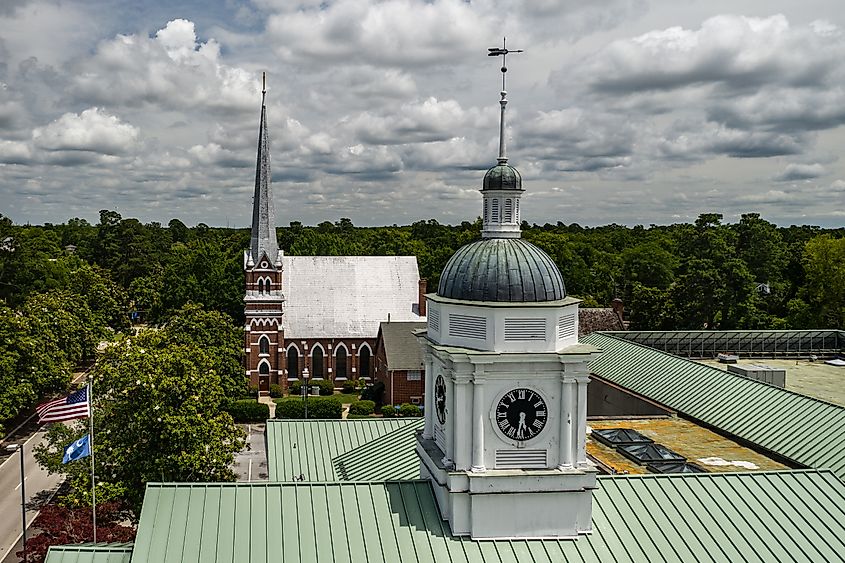
Positioned in the heart of South Carolina, where horse breeding and racing are ideal due to the weather and abundance of rural land, Aiken possesses a captivating blend of equestrian heritage and Southern charm. Founded in 1835, it quickly became a winter retreat for wealthy Northerners, drawn to its mild climate and natural beauty.
Notable landmarks include Hopelands Gardens, once the winter estate of New York tycoon Thomas Hitchcock Sr., now open to the public for leisurely strolls amidst lush landscapes and historic structures. The Aiken Thoroughbred Racing Hall of Fame and Museum celebrates the town's equestrian legacy, showcasing the achievements of legendary racehorses and their owners.
Downtown Aiken offers a vibrant mix of shops, galleries, and eateries housed in historic buildings, providing visitors with a taste of local culture and commerce. Aiken's unique blend of equestrian tradition and Southern hospitality makes it a captivating destination in South Carolina. Certainly, visit it if you enjoy racing or simply seeing the beauty of horses in one of America's most notable horse-rearing regions.
Summerville
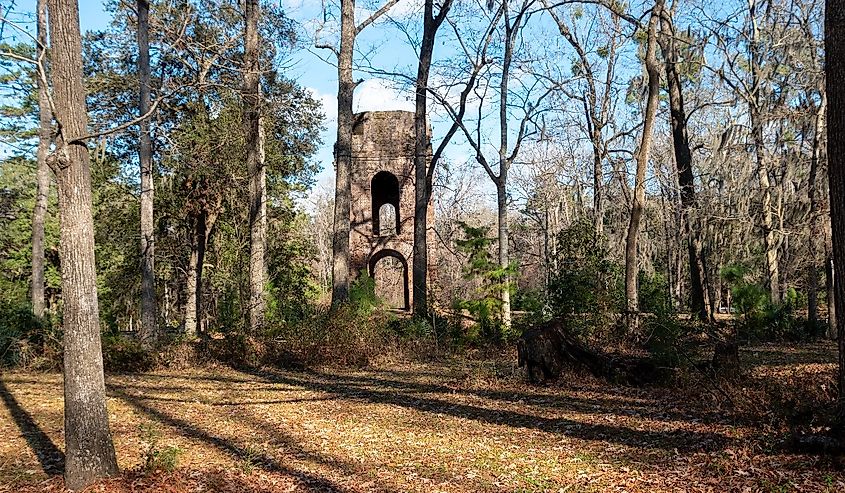
Known as the "Flowertown in the Pines," Summerville delights visitors with its picturesque landscapes and storied past. Founded in the late 18th century as a summer retreat for Charleston, South Carolina's largest city's residents seeking respite from the coastal heat, it quickly grew into a thriving community. The Summerville Dorchester Museum offers insight into the town's history, from its colonial origins to its role in the Civil War.
Notable landmarks include the historic downtown area, dotted with charming shops and restaurants housed in Victorian-era buildings. Azalea Park, renowned for its vibrant azalea blooms and tranquil pathways, provides a serene escape into nature. Summerville's annual Flowertown Festival celebrates the town's botanical beauty with art, music, and food, showcasing its unique variety of natural splendor and cultural heritage.
Abbeville

Deep in South Carolina's upstate region, to the very far western edge of the state, lies the historic town of Abbeville, characterized by its quaint streets and strong architectural heritage in this region. Established in 1785, Abbeville played a significant role in the state's early development, serving as a center of commerce and culture in this relatively remote area.
Downtown, the Abbeville Opera House, built in 1908, stands as a testament to the town's cultural prominence, hosting performances and events that still exist today. Make sure to book your tickets next time you're in town. The Burt-Stark Mansion, a fine example of Greek Revival architecture, offers guided tours that provide insight into the lives of its affluent residents during the antebellum period. You can also explore the Abbeville County Courthouse, where the infamous "Secession Convention" was held in 1860, paving the way for South Carolina's secession from the Union.
Take a walk along Abbeville's historic square to discover charming shops and eateries housed in well-preserved storefronts, offering a taste of small-town Southern hospitality. Abbeville's blend of well-preserved architecture and historical significance makes it a hidden gem in South Carolina worth exploring.
These historic towns offer a captivating view through time, revealing unique facets of the state's heritage. From the coastal beauty of Beaufort to the Revolutionary War monuments in Camden and the equestrian charm of Aiken to the tranquil beauty of Summerville, these towns have stories that resonate with visitors. Whether exploring antebellum architecture, delving into Revolutionary War history, or savoring local cuisine and culture, these destinations provide immersive experiences that leave a lasting impression. Discover the magic of South Carolina's past in these must-see historic towns, where history comes alive at every turn.
